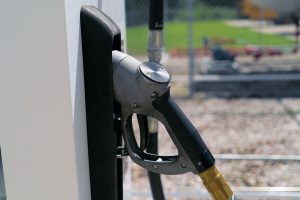Field Service Engineering Team Update
Our Field Service Engineers have started to travel again, however, in an effort to minimize risk to our team and customers, the team is only traveling for situations and projects deemed essential. We have also outlined procedures for our team to follow while visiting a customer facility.
Below highlights a few of the key precautions we are taking:
- Following 6 feet of social distancing practices.
- Wearing gloves and masks while on-site at a customer facility.
- Disinfecting commonly touched surfaces before and after their visit.
- If a FSE exhibits any symptoms or does not feel well, they are required to notify their manager and cancel any on-site visits.
Welcome Our Newest FSE
 Meet the newest Field Service Engineer, Julian Din. Julian will be the FSE for the western region and brings 20 years of Ford technical experience to the team. He has mentored 5 Ford Asset students towards their college degree and has achieved his Ford Master Technician certificate. In his free time, Julian is an avid bass fisherman and looks forward to fishing with his son in his first tournament.
Meet the newest Field Service Engineer, Julian Din. Julian will be the FSE for the western region and brings 20 years of Ford technical experience to the team. He has mentored 5 Ford Asset students towards their college degree and has achieved his Ford Master Technician certificate. In his free time, Julian is an avid bass fisherman and looks forward to fishing with his son in his first tournament.
Below is the most up to date Field Service map with contact information.















 In June, the California Air Resources Board (CARB) unanimously approved the Advanced Clean Truck Regulation. This bold step will accelerate California’s transition to zero-emissions in all commercial fleet sectors. It’s a historic and ambitious goal, and achieving it will be challenging.
In June, the California Air Resources Board (CARB) unanimously approved the Advanced Clean Truck Regulation. This bold step will accelerate California’s transition to zero-emissions in all commercial fleet sectors. It’s a historic and ambitious goal, and achieving it will be challenging.